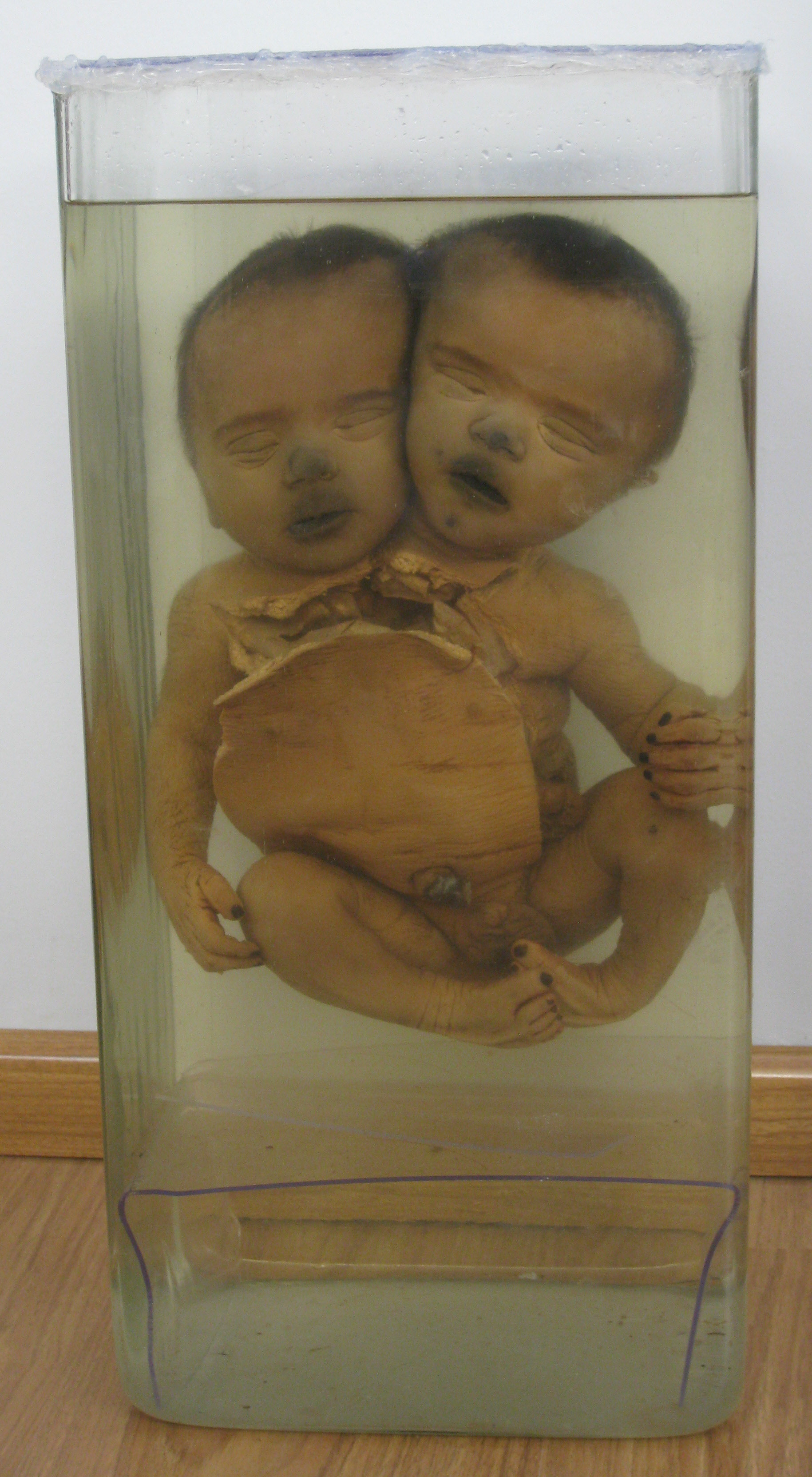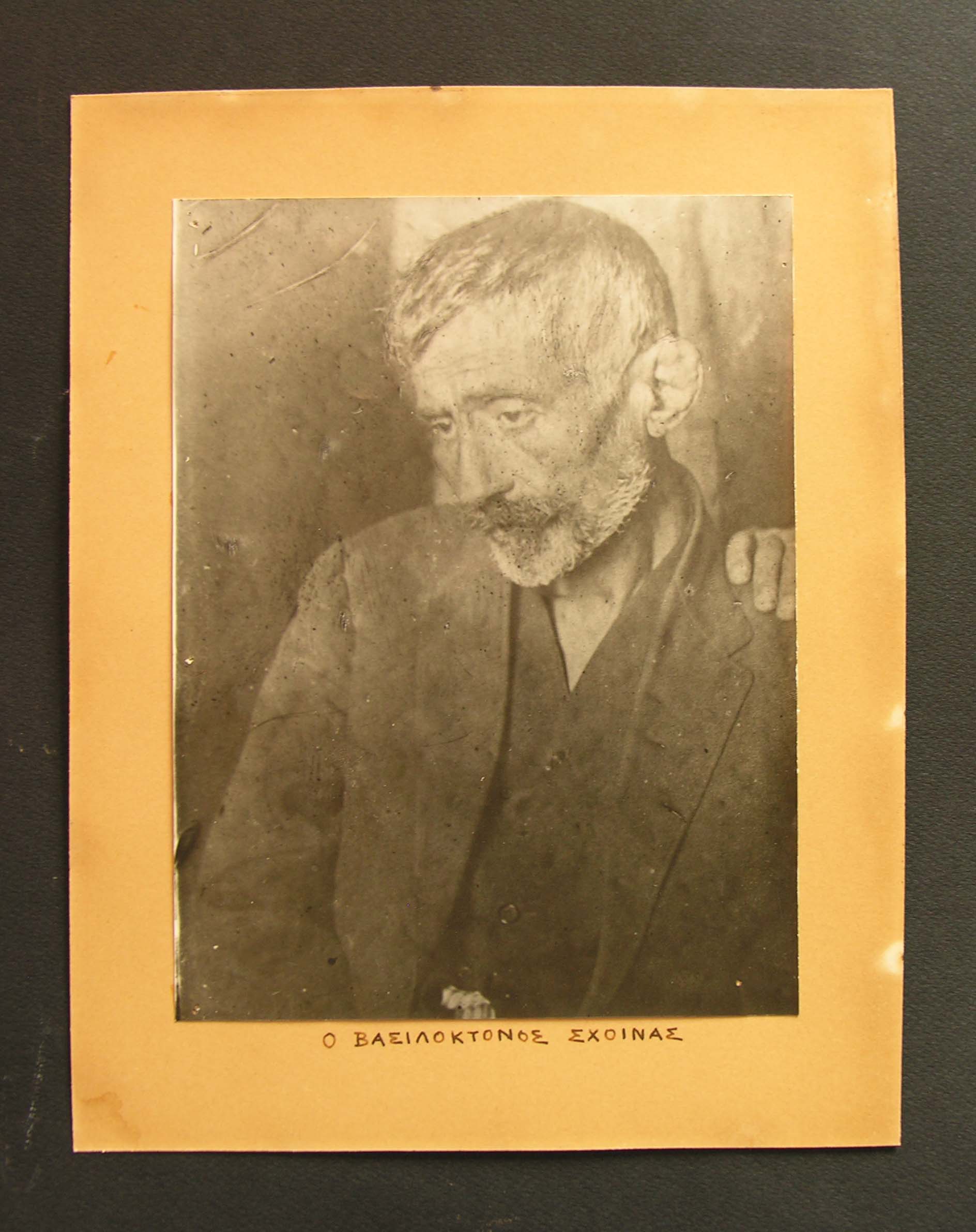Identity
The Museum’s purpose is to support the educational activity of the National and Kapodistrian University of Athens at an undergraduate and graduate level and assist scientific research in the respective fields. Moreover, the central direction of the Museum is to communicate the knowledge cultivated in the academic environment to the broader university community and to spread it to society.
History
The Museum was founded in 1932 according to the provisions of Law 5343/1932 (Government Gazette 86/A'), article 297 "On the Directory of the University of Athens," and its establishment began in 1933. The founder of the Museum was Forensic Medicine Professor Ioannis Georgiadis (1874-1960). As of 1912 and throughout the forty years he served as a Full Professor of the Chair of Forensic Medicine and Toxicology, he methodically, tirelessly, and diligently collected the objects of the collections, evidence of criminal acts, thus laying the foundations for the Museum's founding. His successors, Professors of the Chair of Forensic Medicine and Toxicology, Gr. Katsas, K. Iliakis, G. Ayioutantis, and Ant. Koutselinis continued upgrading these collections in collaboration with the police court authorities and the Greek army. Before the Second World War, the Museum was housed on Socratous Street, near Omonia Square. Later, it was transferred to the building located at the intersection of Akadimias and Massallias streets, today the University of Athens Club in the "Kostis Palamas" building, where it remained for about half a century. In 1974 the Laboratory of Forensic Medicine and Toxicology was transferred to the then newly built facility of the Laboratory of Forensic Medicine and Toxicology in Goudi. The Museum was transferred to a specific exhibits' storage area. In 1977 the then director of the Laboratory of Forensic Medicine and Toxicology Ant. Koutselinis personally undertook the forensic collection's preservation, re-exhibition, and expansion. During his tenure and specifically in 1992, the Forensic Museum reopened on the first floor of the Laboratory, after the construction of an addition to the already existing building.
Types of audiences
The Criminology Museum belongs to the Medical School of the National and Kapodistrian University of Athens and is housed in a specially designed area of the Laboratory of Forensic Medicine and Toxicology. It is the first University Museum on forensic sciences. The Museum documents the history of crime in Greece during the 19th and 20th centuries through collecting, classifying, and exposing evidence of crime used in acts of violence. The Museum is mainly directed to students of Medicine and other Schools of Health Sciences, law students specializing in Criminology, and students of the Greek Police Schools who deal with crime from various perspectives depending on their field of specialty. For the medical students, particularly, the illustration and explanation of the Museum's exhibits is a very useful tool in perceiving the course of Forensic Medicine.
Collections & Exhibitions
A. Collections of Forensic Interest • Human remains - An intact mummy - Heads of hanged robbers - Dry preparations (embryos with congenital disabilities, mummified human remains, parts of the skin with tattoos) - Wet preparations in formaldehyde - Skeletal material • Animal remains • Wax models with forensic interest • Hanging loops used by suicide victims and in strangulations • Footwear from victims of electrocutions, lightning strikes and falls from a height • Various objects of a broader forensic interest. B. Collections of a Toxicology Interest • Samples of addictive substances (drugs) • Evidence of poisoning • Samples of chemical and pharmaceutical substances • Tools for hashish use • Models of poisonous mushrooms. C. Collections of Forensic Interest • Guillotine (guillotine) • Weapons and war material – Combat weapons and firearms - Objects, tools, clubs, batons - Explosives and ammunition - Military equipment • Tools of witchcraft and black magic rituals • Counterfeit notes from the 19th and 20th centuries. D. Collections of General Interest • Printed material of forensic and criminal interest • Objects relating to the history of the Museum.
Events & Activities
The Museum is not open to the general public and is only directed to students and special scientists. It carries out events for entirely educational purposes.
Accessibility
Presently, the Criminology Museum is not accessible to physically challenged people.
Terms of Operation
Once a month, a museum visit for the general public can be arranged with the Museum Director.
Director: Konstantinos Moraitis, Associate Professor at the Medical School.
Decision of Establishment
The Museum was founded in 1932 according to the provisions of Law 5343/1932 (Government Gazette 86/A'), article 297 "On the Directory of the University of Athens," and its establishment began in 1933. The founder of the Museum was Forensic Medicine Professor Ioannis Georgiadis (1874-1960).







